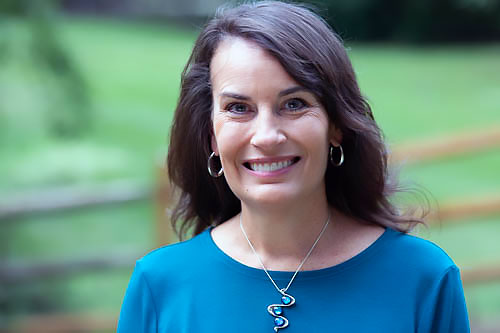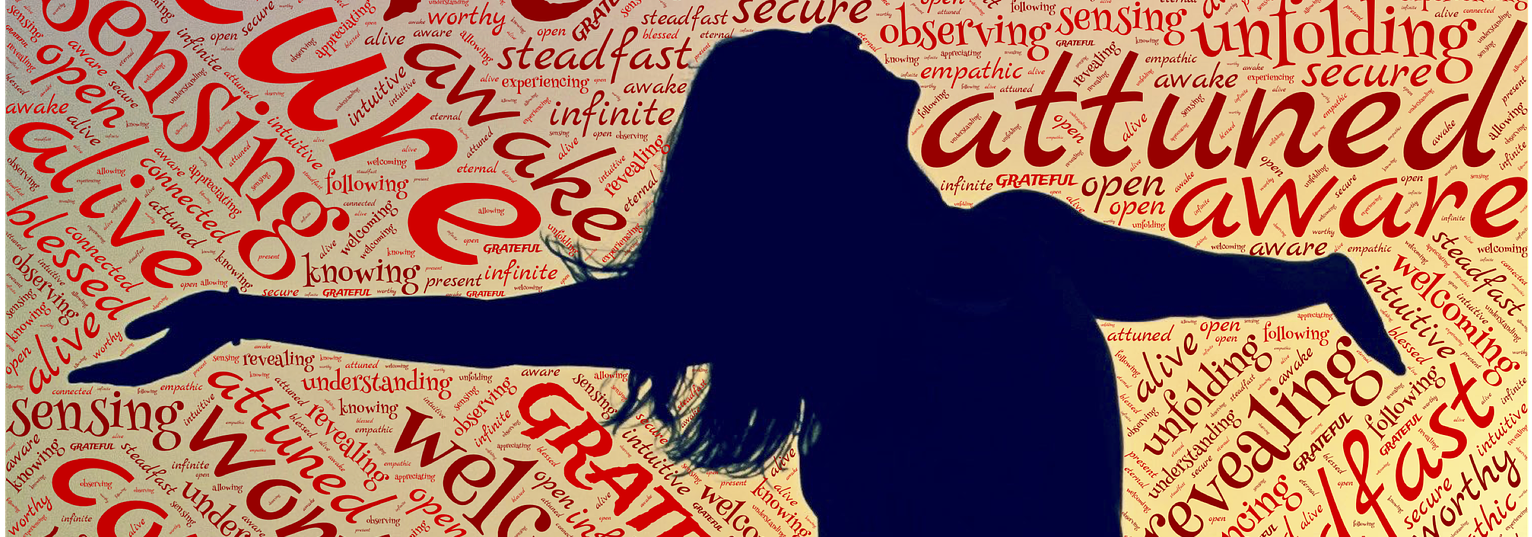How to Begin Healing: The Journey from Believing I Will Not Heal to Healing
This month we invite fellow Thriver, Shikera Thomason, to share how she began her healing journey and how she found the courage to embark on the journey from believing she would not heal to healing through Acknowledgement, Mind-Mapping, and Soul-Evolution.
We thank Shikera for sharing her journey to encourage other survivors!
I will begin by saying I once doubted my capacity to heal from sexual trauma. Now, I know that healing is a continuous journey.
How does a person mentally shift from disbelief to believing healing is possible?
For many survivors of abuse, the first step in healing is acknowledgment. Acknowledgment may seem simple, but for many it is complex.
I invite you to pause for a moment and consider the question:
What does “acknowledgement” mean for me?
This question is the foundation to understanding your personal perspective on healing.
I have learned through my own experience that perception can aid or hinder progress.
How could perception hinder?
- Often, trauma misconstrues an individual’s perception. Most survivors view life from the trauma they experienced, and they often expect everything and everyone to be scary, painful, and untrustworthy.
- Furthermore, the person may feel limited or hopeless because of their life-lens and may continue observing through this fixed lens until their perception is reshaped through healing.
- Also, a mind that is unable to see beyond one’s experience will be limited, and patterned thoughts will interfere with potential progress.
- It is natural for survivors to believe they will just be the remnants of the trauma endured until they acknowledge that their unhealthy mind-map has them stagnant and unable to live fully.

Shikera Thomason is our Guest Thriver Blogger
Acknowledgement
I believe there are two kinds of acknowledgement: Surface Acknowledgement and Deep Acknowledgement.
- Surface Acknowledgement happens when a person mentally accepts the trauma endured, but they are unwilling to examine the depth of the trauma. Operating or dwelling in surface acknowledgment masks the pain by avoiding the signs, triggers, and anything that implies a need for vulnerability.
- Deep Acknowledgement leads the survivor to understand the impact of the abuse/trauma and be receptive to openly, as well as honestly, accepting there are ways to unlock the pain and navigate the necessary paths to healing.
How do you shift from acknowledgement to healing?
Once a person evaluates their understanding of acknowledgement, they are ready to do what I call mind-mapping.
Mind-mapping is a tool utilized to shift the survivor from “victim mentality” to “thriver mentality.”
- Mind- mapping strategically helps the survivor examine their thoughts to effectively notice if there are negative thoughts associated with the trauma and/or a thought pattern that was birthed out of the trauma.
- Once the source of the thought or behavior is examined, the person mentally replaces the original thought or behavior pattern with a positive thought and/or pattern that encourages a continuum of healing.
Additionally, mind-mapping is an opportunity to learn how to meditate on empowering oneself instead of existing in fear-mode.
For example, a person may realize they did nothing wrong (releasing guilt, shame, and self-blame) and learn to absorb verbal empowerment from their tribe as well as from themselves.
My tribe are the friends I can be vulnerable with, who encourage me, hold me accountable to healing, and celebrate my progress. A “tribe” are the people who can keep you anchored and a healthy tribe supports one another.

Affirmations
Are affirmations being incorporated on your road to healing?
Another significant step in mind-mapping is to transition from self-loathing to loving yourself. Unlearning self-hate is not impossible; it is paramount to love yourself as you heal. Affirmations are a wonderful way of learning to love yourself and doing it consistently!
At this moment I invite every person on the road to thriving to pause, look in a mirror, and say, “I love you!” You may feel uncomfortable doing this, and if it is not possible today, I encourage you to close your eyes and internally say, “I love you.” Other affirmations could be: “I am worthy.” “I am capable.” “I deserve to be treated well.”
The most essential key to mind-mapping is deciphering the difference between healthy-visibility and hiding.
- Many survivors of trauma learn to hide physically, emotionally, mentally, and even spiritually to cope. Unfortunately, hiding is a way of prolonging your pain.
- Unhealthy visibility (i.e., see my pain, pity me) causes a continuum of festered pain.
- Healthy visibility extends your mind and heart to see your wounds transform into healed scars.
Teaching yourself to operate beyond the pattern of hiding will require posing these questions:
- Am I hiding?
- Why am I hiding?
- What or who am I hiding from?
- How do I stop hiding?
Healthy mind-mapping propels an individual into a metamorphosis of soul-evolving!
Soul-evolution is the anchor leg of your race to healing because it incorporates growth in your mind, your will, and your emotions. Each person’s healing journey usually unfolds differently, but many of the steps are the same.

Soul Evolution
What is soul-evolution?
I believe soul-evolution is a methodical process which involves accepting the invitation to heal and become better by lending yourself to the work.
First step to soul-evolution: Say aloud, “I give myself permission to grieve the physical, emotional, and mental pain associated with the trauma endured.” (That means you can cry, scream, journal, and talk to someone you trust.)
Second step to soul-evolution: Tell yourself, “I encourage you to notice when you are operating in unhealthy, learned patterns such as building emotional and mental walls, isolating yourself, and holding pain in your body.”
Third step to soul-evolution: Begin to see yourself as a triumph and not a tragedy.

I want each of you reading to believe you can heal, and if you are already on the healing trek, to keep going!
- I want to remind you, fellow thriver, to be compassionate to yourself as you heal.
- I encourage you to avoid being trapped by comparing your journey to another thriver’s journey.
- Remember, you are victorious and worth it!
- Keep moving forward!
This journey has no time or speed requirements. You are allowed to heal at the tempo comfortable for you and to celebrate every victory without slights, comparisons, or any associated hindrances.
Finally, I encourage you to keep healing because you are worth it!

Shikera Thomason is a native of West Georgia where she resides with her wife April. When she is not working as a human service provider, Shikera enjoys reading, writing, spending time with her loved ones, and impacting the world through her podcast “Be a Bridge.” Shikera’s podcast teaches how to be a human bridge through the different facets and changes of life. “Be a Bridge” can be located on Anchor or Spotify. Click here for her Podcast Episode called Heal4Real

 Talk To Tambry
Talk To Tambry
I am glad you have taken the time to engage with this blog. Sometimes it is helpful to process new insights that emerge. If you would appreciate brief time with a someone who understands, our Talk to Tambry offering is for you. For 30 minutes, you can receive support from Tambry who is a certified life coach, spiritual director and a survivor who has been on the journey as well. This is offered at a reduced rate of $50.




